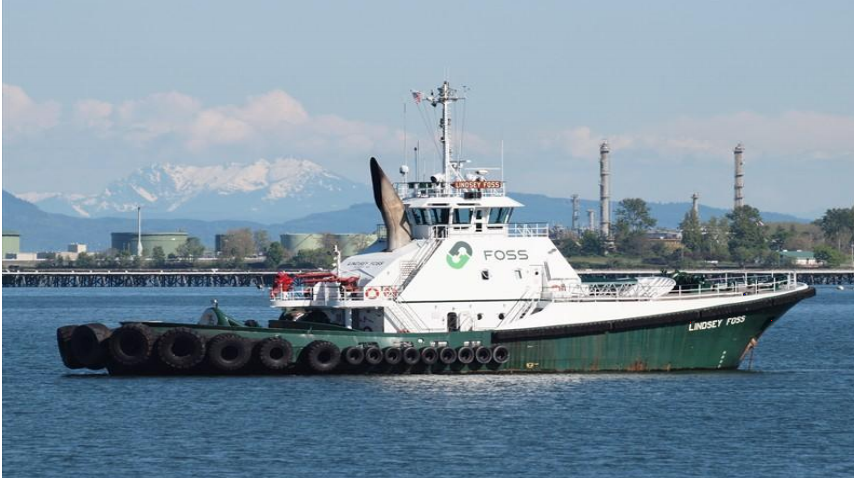Not every tug claiming to be escort-rated can perform these duties safely and effectively.
That was one of the messages delivered by world-renowned tug designer Robert Allan of Robert Allan Ltd. at Tuesday’s Tugnology ’19 conference in Liverpool, England. Allan, the executive chairman of the Vancouver, British Columbia-based naval architect and marine engineering firm, provided some background on the history of tug escorts before Brendan Smoker presented RAL’s paper on escort tug safety.
“Thirty years ago, the world of tug design really got turned on its head,” Allan said. “The Exxon Valdez incident had regulatory repercussions. What arose from that in the United States was the regulatory act known as the Oil Pollution Act of 1990. That act invoked tug escorts. But the reality was that the world of tug operators, tug owners, and tanker owners and operators didn’t really understand what they were asking for.”
No one really understood what was about to happen. “But the world that is represented by the community in this room really responded to that challenge and moved ahead,” said Allan.
In the early 1990s, Foss Maritime designed a pair of big tractor tugs, the 137’x46’ Lindsey Foss and Garth Foss. The 8,000-hp tugs were built by Halter Marine and delivered in 1993 and 1994. “They were really the first true purpose-designed tanker escort tugs in the world.” The tugs deliver about 80 tonnes of bollard pull.
In Europe, things developed differently. “Voith had done a really wonderful job of convincing oil companies that the cycloidal propeller was the best available technology for escort,” Allan said. “For many years it was considered as the only solution.”
European tug owners took the direction of very large and very powerful ASD tugs. Though these were “magnificent” deepwater towing tugs, they were not really configured well for tanker escort.
“Most of them had very high fo'c'sles, relatively low freeboard aft, so they really set the use of ASD tugs in tanker escort back a generation. We had a lot of demand from our clients that ‘there’s got to be a better way’ so that we could do tanker escort with an ASD, so that set us on a course of research that began in the early and mid’90s.”
What RAL was able to demonstrate through model testing and analysis was that regardless of the type of propulsion “there was a configuration that could do the job.”
“The important proviso behind all of that is that not every tug claiming to be escort rated — and just about any tug can be escort rated is an important point to note — doesn’t necessarily mean that it can perform those duties and safely or effectively,” Allan said.
Through the 1990s, a whole new generation of escort tugs emerged, with some very unique hull forms, and the knowledge base grew.
Tugnology, a two-day technical conference on the design, construction, operation and economics of tugs, continues tomorrow.




